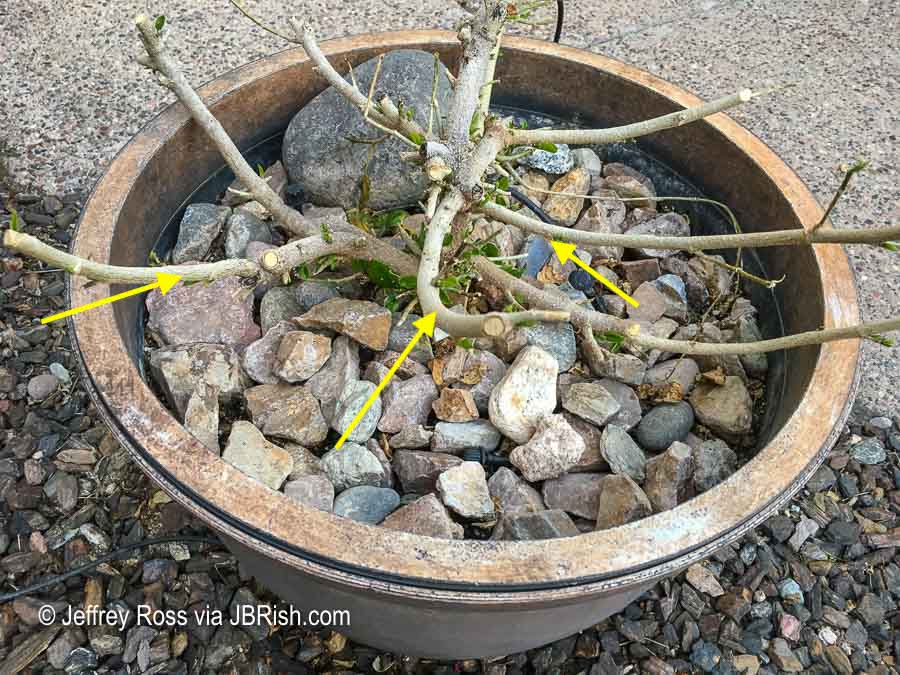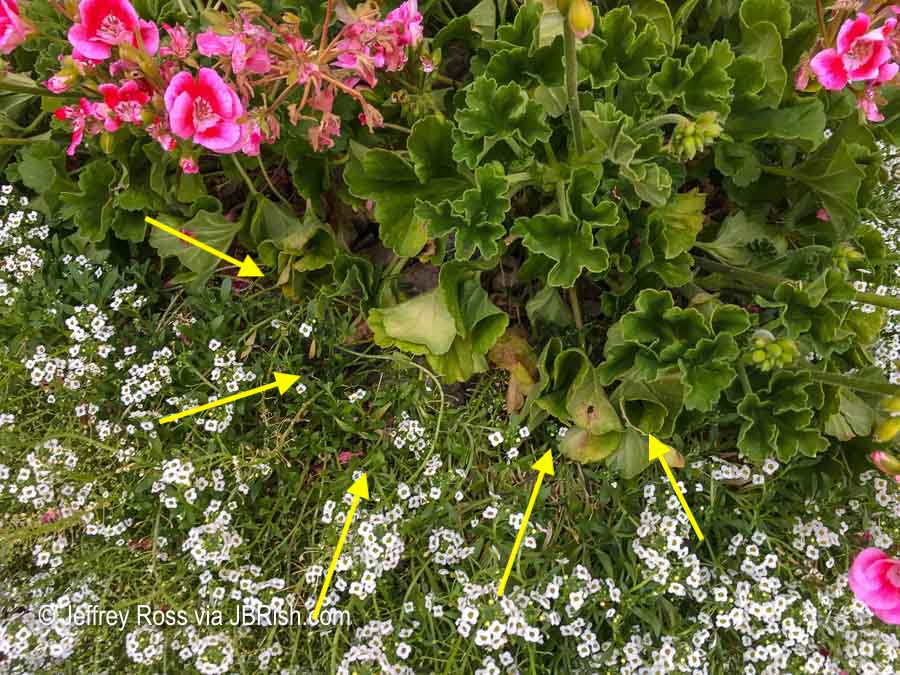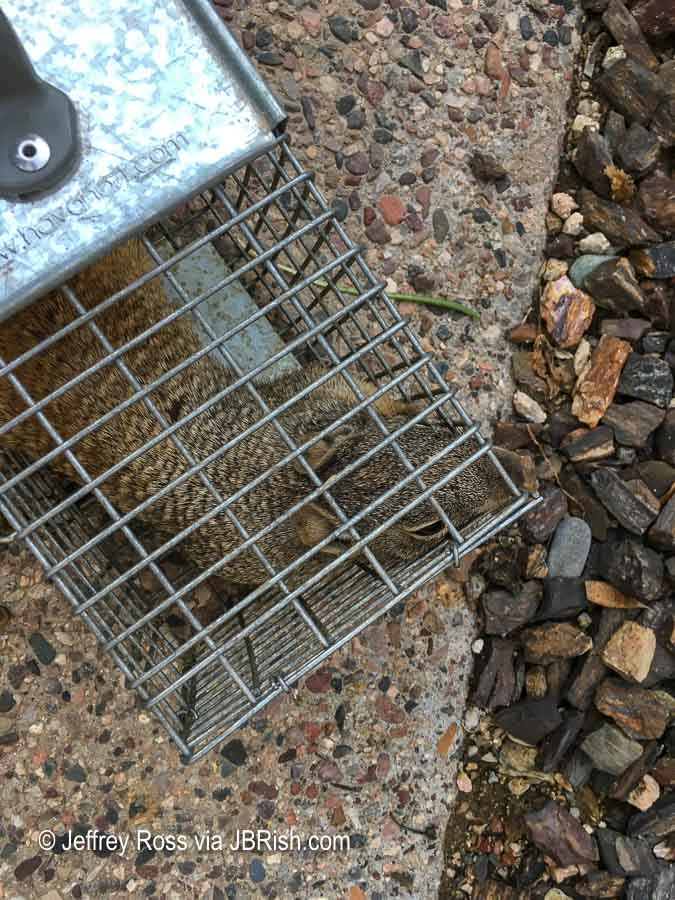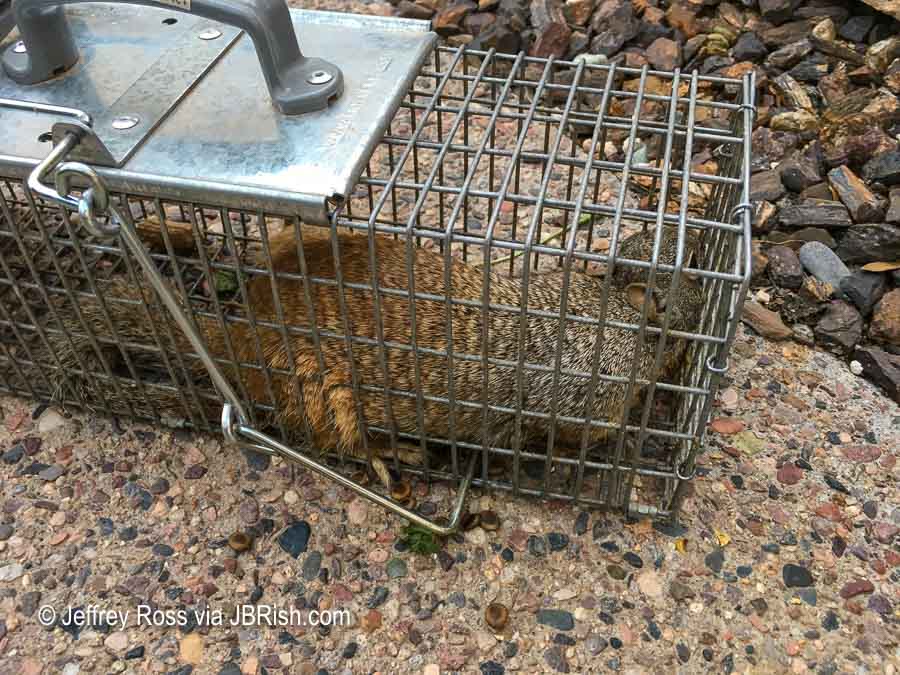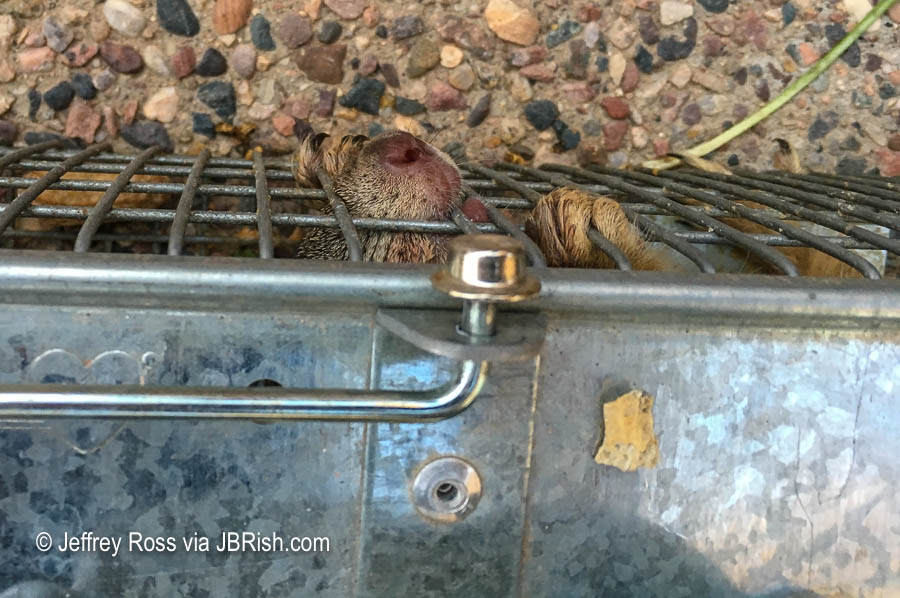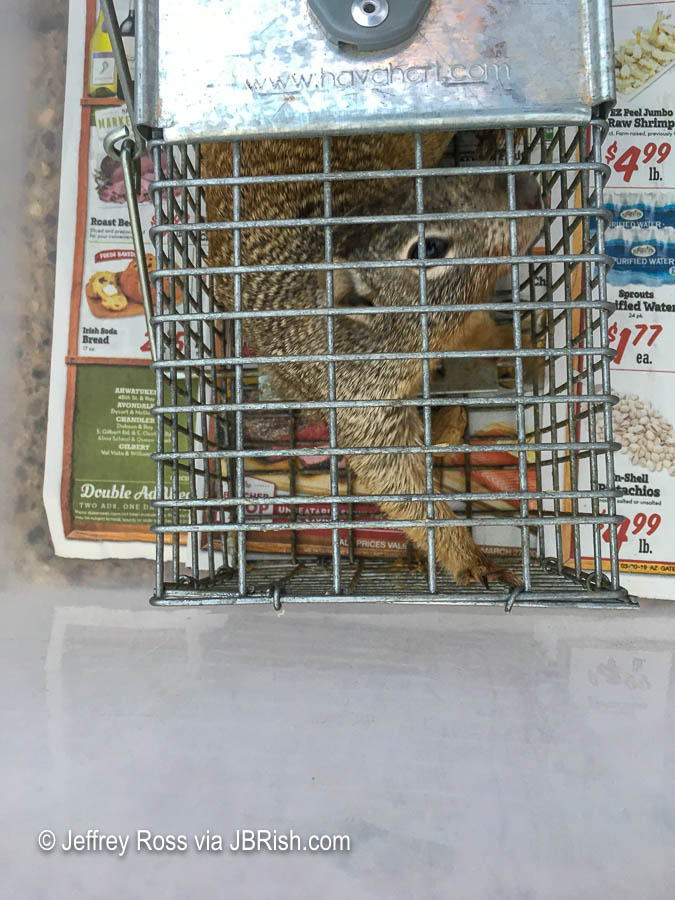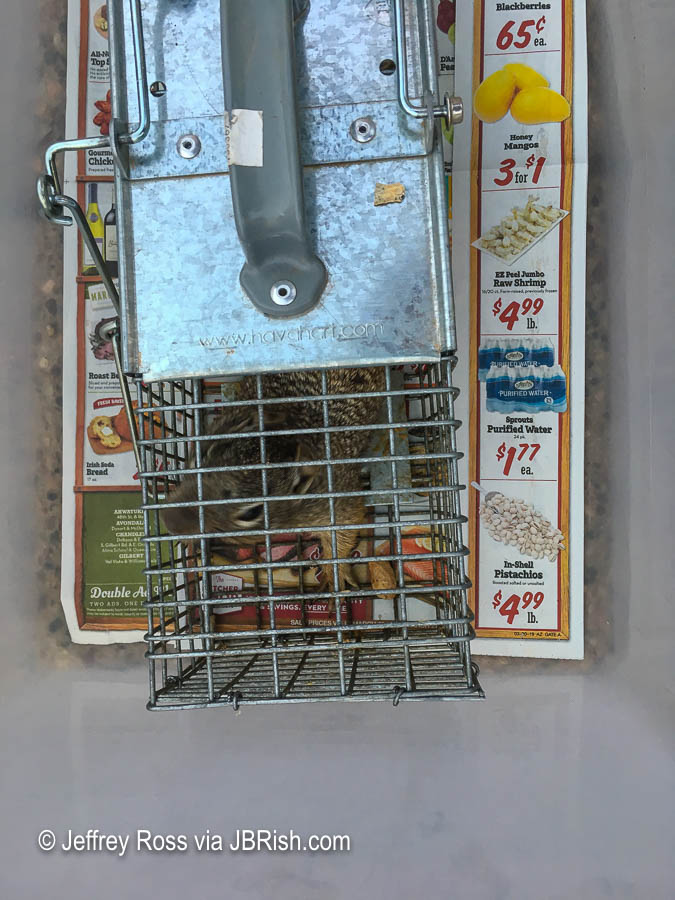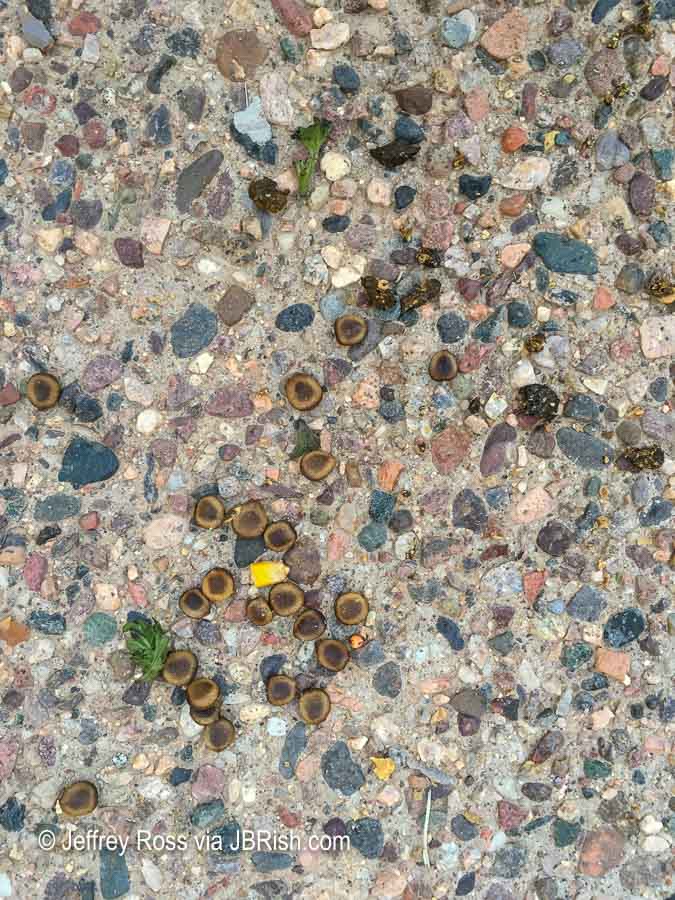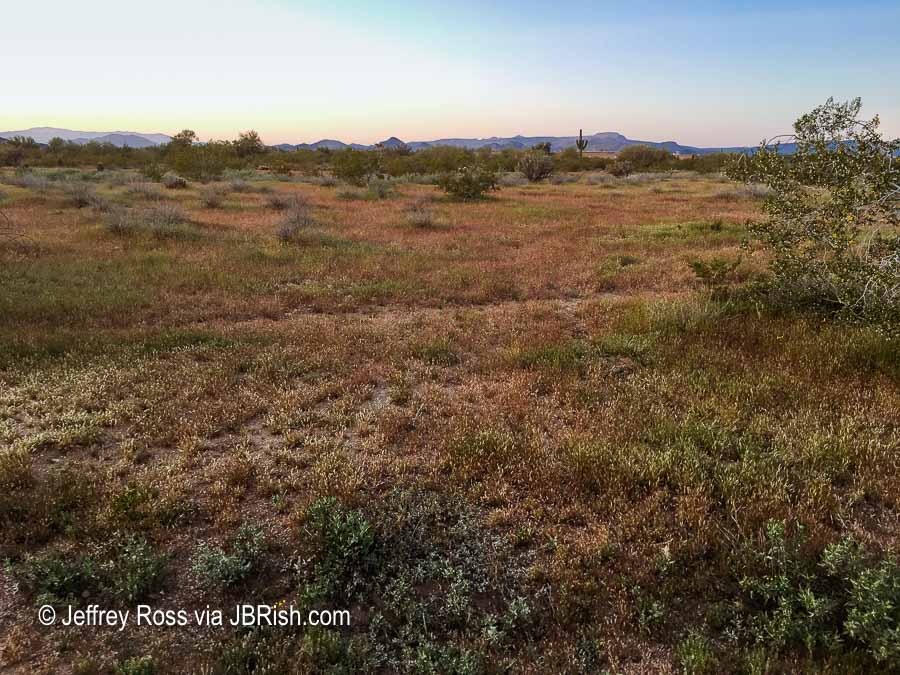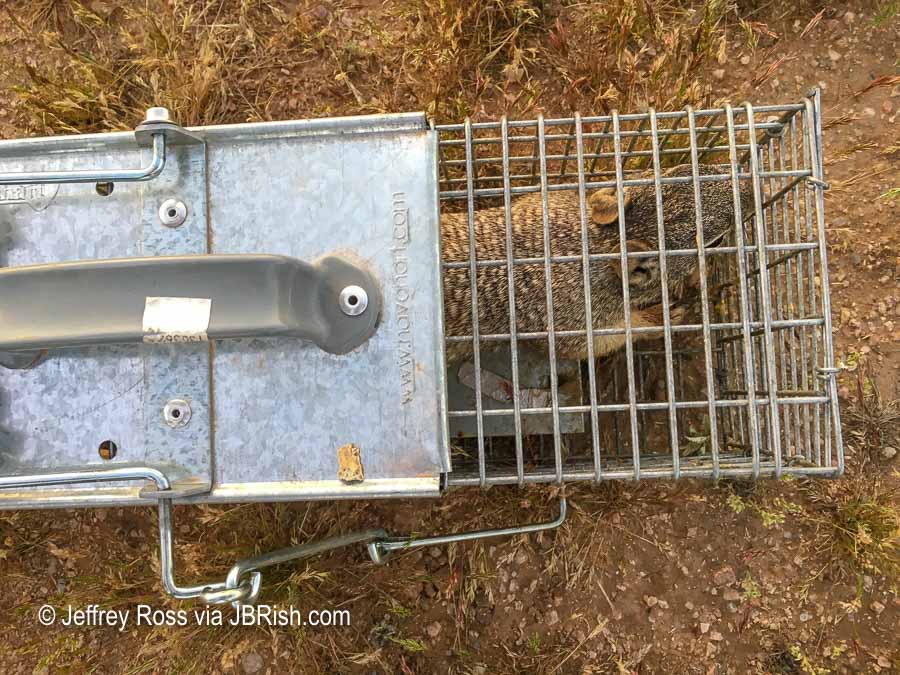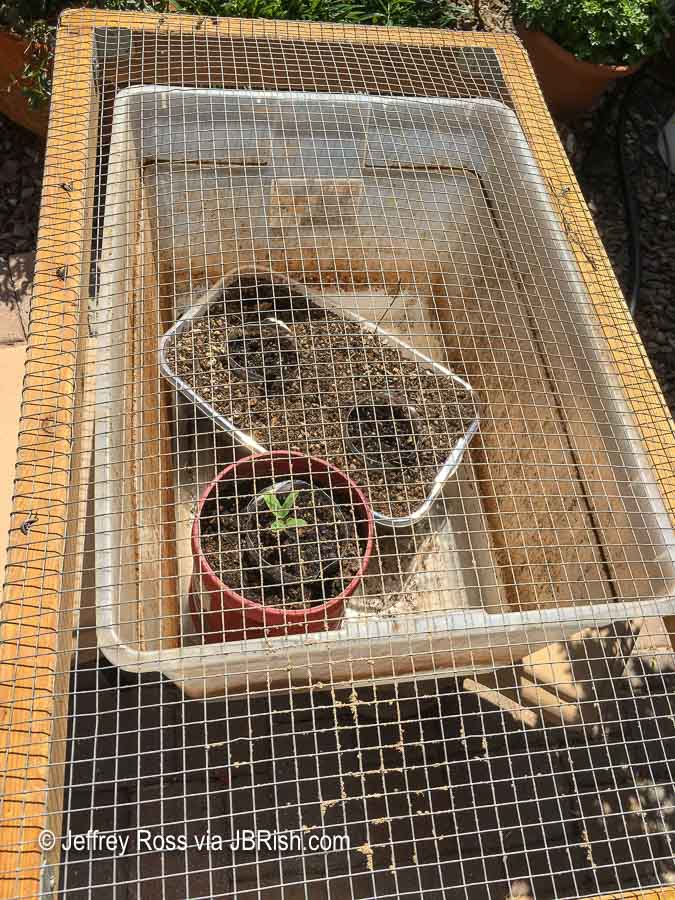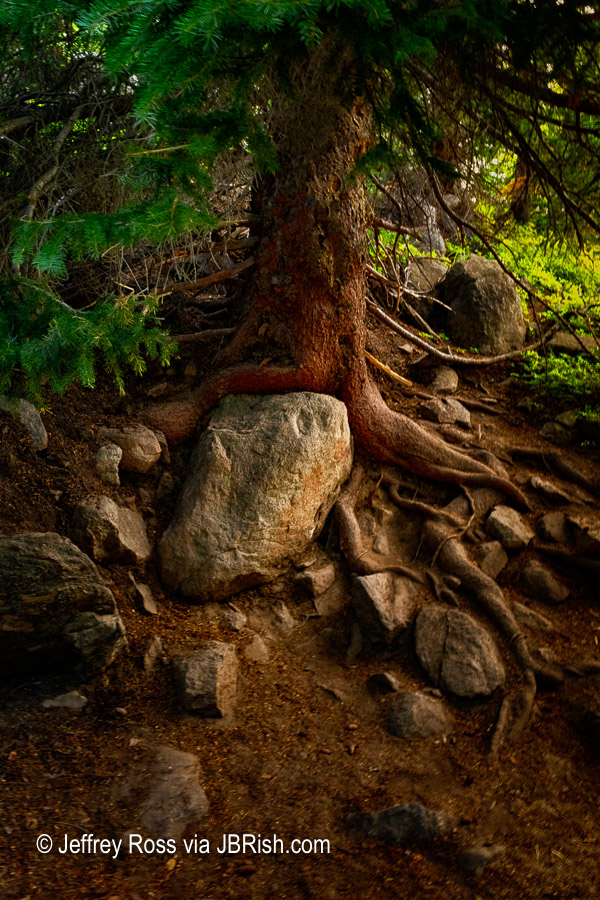The landscape in the Petrified Forest and Painted Desert National Parks in Arizona is both stark and beautiful. The colors and details were intriguing and would captivate anyone interested in geology, nature and the art of landscape painting or photography.
One of the main attractions of the Painted Desert is the Blue Mesa Trail. If you are going to this area and you are able to hike a bit, this is a must-see. The trail is paved, but there is a steep descent and of course a steep ascent on the return. If you take your time and rest along the way, it is not a difficult trail. This, of course depends upon your physical condition so your mileage may vary.
I am always intrigued by some of nature’s surprises. On the return trip back to the parking area while going uphill, I noticed this bush.
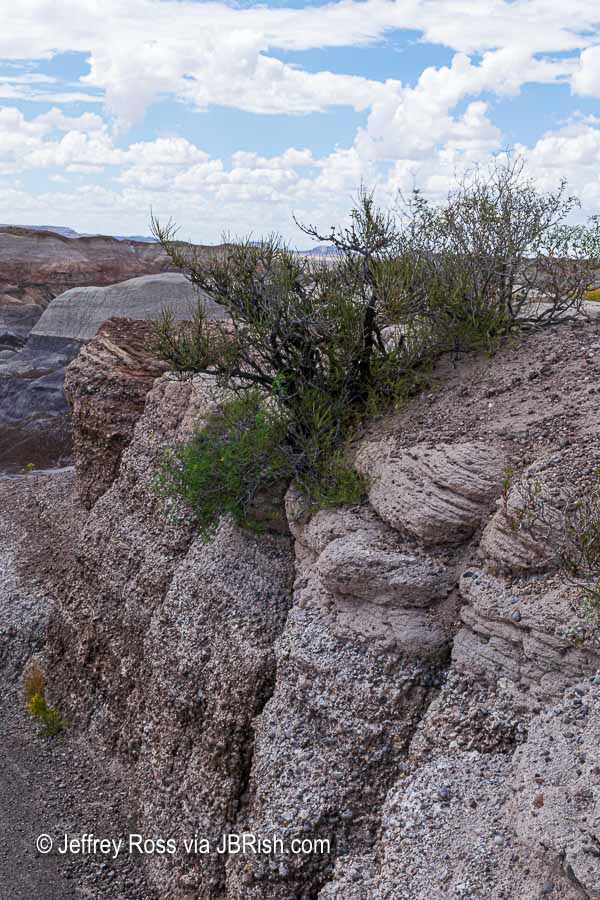
From this vantage point, this doesn’t look like anything special. There could be hundreds of similar bushes growing in these parks, but let’s take a look from the other side of the plant.

Do you see those yellow arrows? That is one long root running down the side of the sandstone formation following a crevice and into the ground where one can assume it takes hold and gets whatever moisture and nutrients it can.
This is a beautiful example of the the struggle to survive in some of the harshest environments and how living organisms often find a way to adapt.
Many visitors might pass by this “stoic” plant without ever taking notice of the ongoing fight for survival! I do hope a few stop to pay homage.
NOTE – The Blue Mesa area can be enjoyed from the rim without hiking down into the canyon. There are several lookout areas and quite a few parking spaces. It will be beautiful from those areas too!
Read more about the Blue Mesa Trail at Inspired Imperfection
Read more Hiking and Exploration posts HERE
**********
All original content on this blog is copyrighted by Jeffrey B. Ross with ALL Rights Reserved. While reference links back to JBRish.com are appreciated and encouraged, please acquire approval for any reproduction of original content from this website.
©Jeffrey B. Ross 2014 – 2019 – JBRish.com

